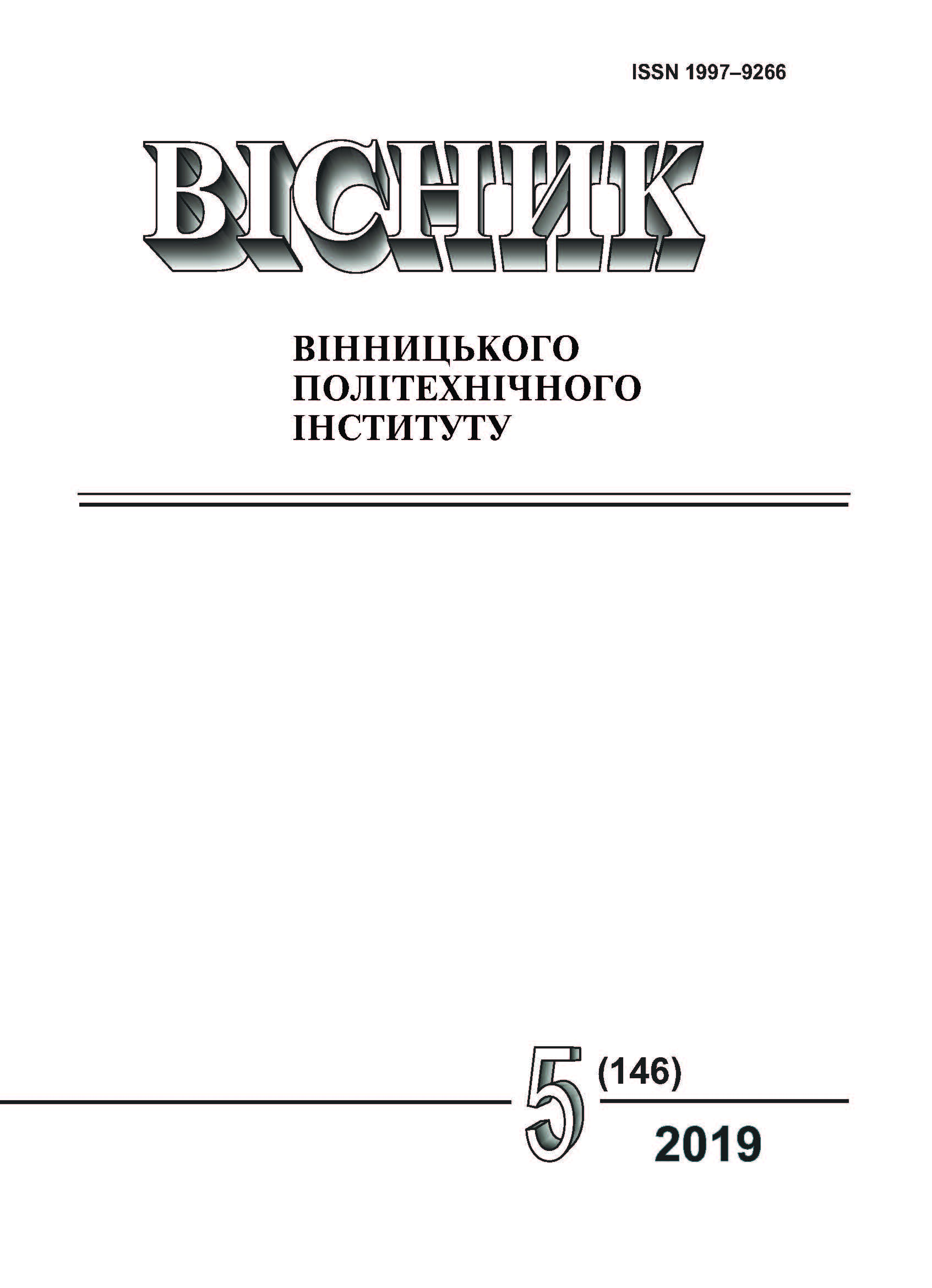Determination of Loading Equivalent Parameters of the Linear Permanent Magnet Vibratory Machine
DOI:
https://doi.org/10.31649/1997-9266-2019-146-5-21-27Keywords:
finite element method, linear permanent magnet machine, loading machine, loading parameters, moving meshAbstract
The permanent magnet linear tubular machine which is used as the loading machine at experimental studies of electromechanical characteristics of vibratory linear motors is considered. The machine design contains the permanent magnet placed on the machine stator, and magnetized in the axial direction. The anchor of the machine is made solid of constructional low-carbon steel that is cause of eddy currents and availability of the corresponding losses. For their taking into account, and also for calculation of parameters of the load machine, the field model which is based on the solution of the equations of an electromagnetic field in a time domain has been developed. Owing to axial symmetry of the machine, the problem was solved in axisymmetric approach, in cylindrical coordinate system. Calculation is carried out with use of a finite element method. The characteristic of magnetization of a magnetic core material is set in the model in the form of the BH curve. Value of the machine electromagnetic force is calculated with the help of Maxwell’s formula. The problem is solved on condition of a moving mesh in the anchor domain. Sinusoidal analytical function was applied to moving part of a grid to modeling of oscillations of an anchor with the specified amplitude and frequency. For more accurate calculation of eddy current effect on external borders of anchor domain, the special type of a grid with boundary layers was applied. Thickness of the layers is set according to the frequency of induced currents. The force characteristic of the loading machine is provided by the sum of an elastic component which is proportional to the anchor movement, and viscous friction force, which is proportional to a speed. For calculation of loading machine coefficients, the dynamic hysteresis loop method was used. Experimental studies of the loading parameters by means of testing prototype the loading machine had been conducted. Experimental values of stiffness and viscous friction coefficients of the loading machine are received by means of a step-response method.
Downloads
-
PDF (Українська)
Downloads: 179
Published
How to Cite
Issue
Section
License
Authors who publish with this journal agree to the following terms:
- Authors retain copyright and grant the journal right of first publication.
- Authors are able to enter into separate, additional contractual arrangements for the non-exclusive distribution of the journal's published version of the work (e.g., post it to an institutional repository or publish it in a book), with an acknowledgment of its initial publication in this journal.
- Authors are permitted and encouraged to post their work online (e.g., in institutional repositories or on their website) prior to and during the submission process, as it can lead to productive exchanges, as well as earlier and greater citation of published work (See The Effect of Open Access).





